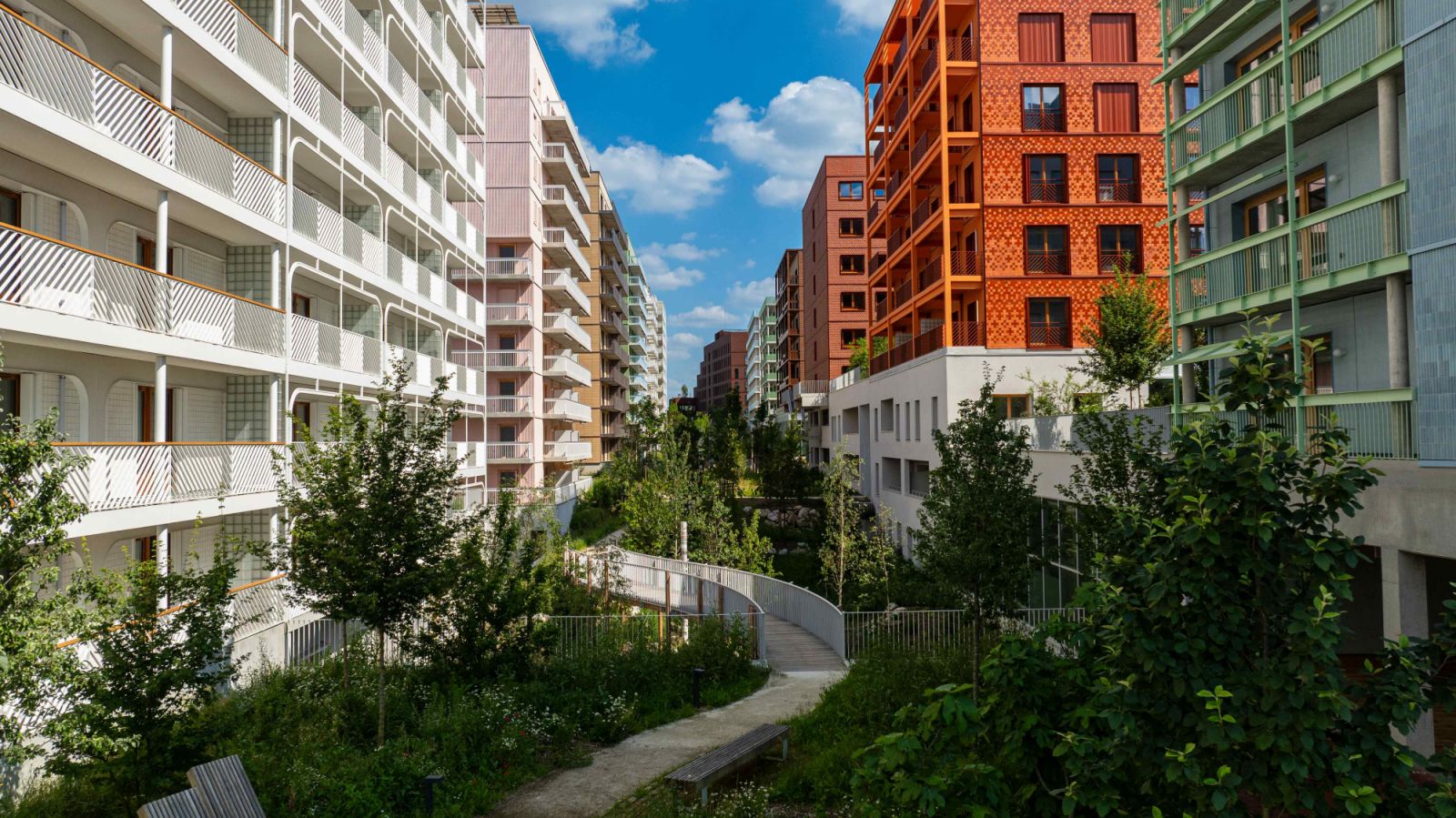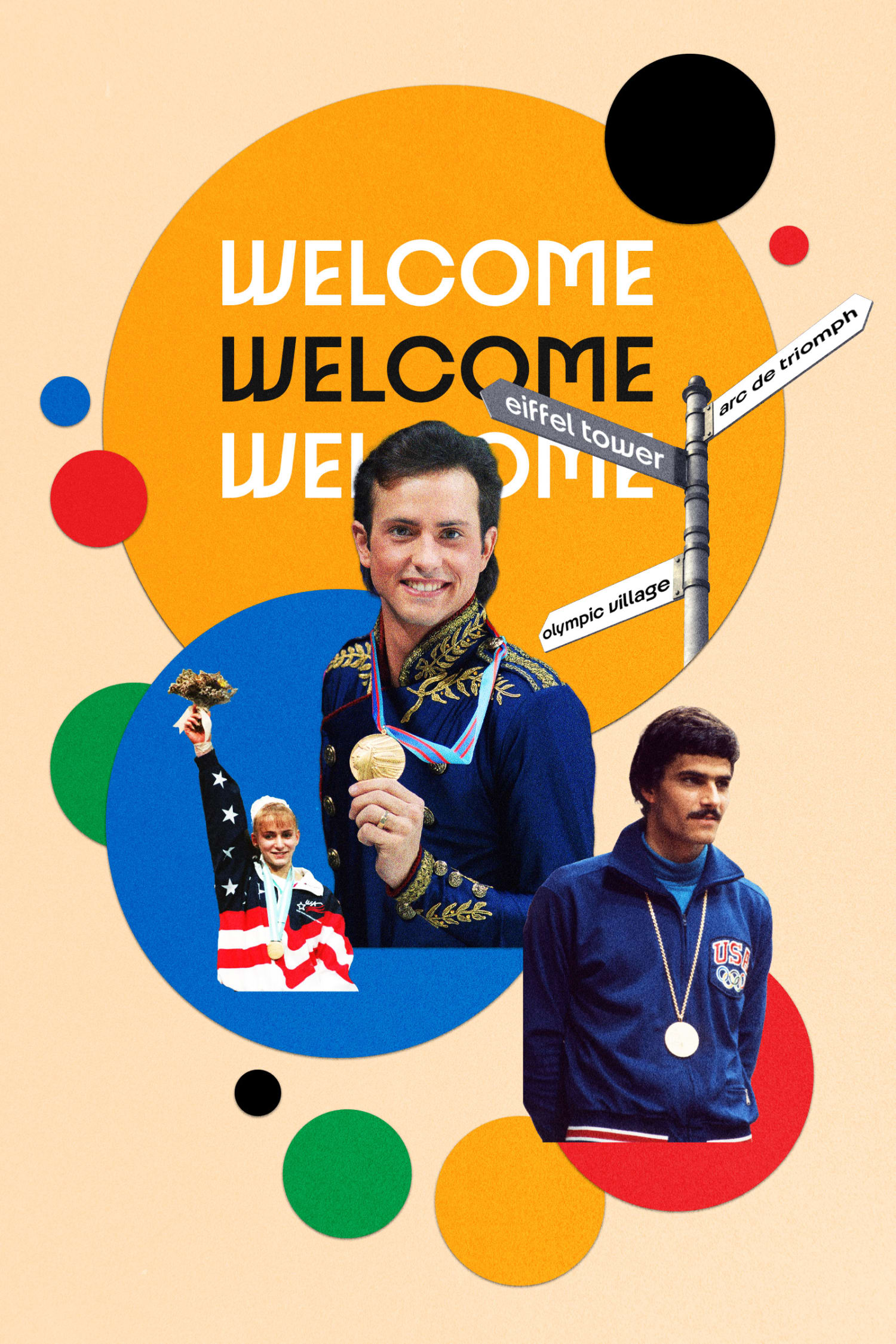The Olympic Games bring people together from all corners of the world, creating moments of amazing sportsmanship and shared joy. For a few weeks, these events capture our attention, with athletes performing at their very best in specially built places. A big part of this temporary world is the Olympic Village, a home away from home for thousands of competitors and their support teams. It's a place buzzing with energy, full of dreams, and, you know, very much alive with activity.
But then, just like a grand gathering that eventually winds down, the games end. The crowds go home, the flags come down, and the athletes pack their bags. This leaves a really big question, something many people wonder about: what happens to these massive, purpose-built villages once the last medal is given out? It's a bit like asking what happens after a big event, when the purpose it served seems to be over, and, in a way, that structure's first life is done.
The fate of these villages, you see, is not always the same. Some find new life, becoming vibrant parts of their cities. Others, sadly, might sit empty, almost like forgotten memories of a time that was. This discussion looks at what typically happens to these places after the world's biggest sports show moves on, and, as a matter of fact, what their future often holds.
Table of Contents
- The Life Cycle of an Olympic Village
- Why the Aftermath Matters So Much
- Common Paths for Post-Olympic Villages
- Factors That Shape a Village's Future
- Looking at Past Examples: What Really Happened
- The Human Side of Transformation
- Planning for Tomorrow: Better Outcomes
- Frequently Asked Questions About Olympic Villages
- A Final Thought on Legacy
The Life Cycle of an Olympic Village
An Olympic Village, you know, is built for a very specific, short-term purpose. It’s a temporary home for thousands of people, designed to provide comfort and all the things athletes need during their stay. These places are often like small cities within a city, with living quarters, dining halls, medical facilities, and even places for recreation. They are, in a way, really quite remarkable feats of building and planning.
The planning for these villages begins many years before the games even start. Cities bidding to host the Olympics must show how they will house the athletes, and this often means creating a brand-new area. This creation, of course, costs a lot of money and uses a great deal of resources. So, there's a big push to think about what happens next, well before the first shovel hits the ground, you see.
Once the games are over, the village goes quiet. The banners come down, the temporary fences are removed, and the buildings stand, waiting for their next purpose. This period of quiet is often very brief, as the transformation into something new begins. It’s a bit like a pause before a new chapter, a sort of resting period, basically.
Why the Aftermath Matters So Much
The question of what happens to Olympic villages after the Olympics is not just about curious minds. It’s actually about very important things like how cities grow, how money is spent, and how we treat the environment. Building these huge places just for a few weeks and then letting them go to waste would be, well, a pretty big problem.
There’s a real concern about "white elephants" – those big, costly structures that serve no real purpose once the event is over. These can be a heavy burden on a city’s money and resources. They can also become eyesores, taking up valuable land and sometimes even causing social problems if they aren't cared for. So, it's really important to think about what happens next.
Cities today, you know, are much more focused on making sure that Olympic buildings have a lasting positive effect. They want to see these places become useful parts of the community for many years. This means planning for what comes after, right from the very start, which is a pretty smart way to go about things.
Common Paths for Post-Olympic Villages
After the athletes leave, an Olympic Village can take on several different lives. The path chosen often depends on the city's specific needs, the economy, and the original plans for the site. There are, you know, a few main ways these places tend to be used again.
Turning into New Homes
One of the most common and often hoped-for outcomes is for the village to become new housing for people. These buildings, originally designed for athletes, are typically already set up with many living units. They might need some changes, like adding kitchens if they only had shared dining halls, but the basic structure is there. This is, you know, a very practical way to reuse these places.
Cities often have a need for more places for people to live, and an Olympic Village can fill that need quite well. The buildings might be sold off as apartments or houses, sometimes at different price points to help a variety of people find a place. This approach can help create new neighborhoods, bringing life back to the area long after the games are a memory. It's a way for these structures to, you know, change their purpose and serve a new community.
Becoming Student or Affordable Housing
In some cases, the buildings might be changed into housing for students or for people who need more affordable living options. This is especially true if the village is near universities or job centers. Student housing often requires smaller units, which can fit well with the layout of athlete rooms. It's a way to keep the housing costs down, which is, in fact, a real benefit for many.
Affordable housing is a big need in many large cities, and repurposing an Olympic Village can help address this. These projects often get support from the government or other groups to make sure the homes are truly within reach for people with lower incomes. This kind of reuse can really help a city meet its social goals, you know, by providing homes for those who need them most.
Mixed-Use Spaces and Commercial Areas
Sometimes, a village might be turned into a mix of things: some homes, some shops, some offices, and maybe even parks. This creates a lively area where people can live, work, and spend their free time. The idea is to make a place that feels like a real neighborhood, with everything people need close by. This approach, you know, often makes the area more vibrant.
The former dining halls or media centers, for example, could become shopping centers or places for businesses. The open spaces might be turned into public parks or green areas for everyone to enjoy. This kind of planning tries to make the most of all the different parts of the village, giving it a varied and lasting purpose. It’s a pretty smart way to go about it, actually.
The Less Happy Stories: Abandonment and Decay
Sadly, not all Olympic Villages find a happy second life. There are instances where, for various reasons, these structures are left empty and fall into disrepair. This can happen if the original plans for reuse don't work out, or if there isn't enough money to make the changes needed. It's a really sad thing to see, you know, these places just sit there.
When a village is abandoned, it can become a real problem for the city. The buildings might be vandalized, or they could become unsafe. They also take up valuable land that could be used for other things. This outcome is what cities try very hard to avoid, as it’s a big waste of resources and, in a way, a blot on the landscape.
Factors That Shape a Village's Future
Many things decide what happens to an Olympic Village after the games. It's not just a matter of luck; it’s about careful planning and the conditions in the host city. These factors really play a big part in whether a village becomes a success story or something else.
One very important factor is how well the city plans for the village's future use from the very beginning. If the buildings are designed with their second life in mind, it's much easier and cheaper to change them. For example, designing apartments that can be easily split or combined later makes a big difference. This kind of foresight is, you know, pretty essential.
The economic situation of the host country and city also matters a lot. If the economy is strong, there might be more money available for changing the village and more people able to buy or rent the new homes. A weak economy, on the other hand, can make it very hard to find buyers or funding. It's a bit like trying to build something without enough tools, basically.
Local housing needs are another key point. If a city genuinely needs more housing, especially affordable options, then converting the village makes a lot of sense. If there's already plenty of housing, finding a new purpose for the village might be much harder. So, understanding what the people in the city actually need is, you know, very important.
Finally, the political will and support from local leaders play a big role. Having strong backing from the government can help get projects approved and funded, making sure the village's transformation goes smoothly. Without that support, plans can get stuck or simply not happen. It’s really about having people in charge who care about the long-term, you see.
Looking at Past Examples: What Really Happened
Let’s look at some real-world examples to see how these different paths have played out for various Olympic Villages. Each story is a bit different, showing the many ways things can go. These examples, you know, really help us understand the whole picture.
London 2012: A Story of Success
The Olympic Village for the London 2012 Games is often seen as a great success story. It was planned from the start to become a new residential area after the games, and that’s exactly what happened. The village, which was called East Village, was turned into more than 2,800 homes. These homes, you know, included both market-rate and affordable options.
The area around the village also got a lot of new parks, schools, and health centers. This made it a truly livable neighborhood, not just a collection of buildings. The planning was so good that the transition was relatively smooth, and the area is now a busy part of East London. It’s a pretty clear example of getting things right, in a way.
Vancouver 2010: A Bit of a Mixed Picture
The Vancouver 2010 Winter Olympics Village had a bit of a bumpy start, but it eventually found its purpose. Originally, it was meant to be housing, but the developer faced financial troubles during the global economic downturn. This led to some delays and complications, which were, you know, quite a challenge for the city.
Despite the early issues, the village was eventually completed and sold off as a mix of market-rate and social housing. It's now a waterfront community called False Creek, with shops, restaurants, and homes. While it faced some initial difficulties, it did, in the end, become a valuable addition to the city’s housing stock. So, it's more or less a story of overcoming problems.
Athens 2004: A Stark Reminder
The Athens 2004 Olympic Village offers a less happy example. Much of the village, which was built to house athletes, was supposed to become social housing after the games. However, due to various reasons, including a lack of clear plans and funding, many of the buildings were left unused. They became, you know, empty shells over time.



